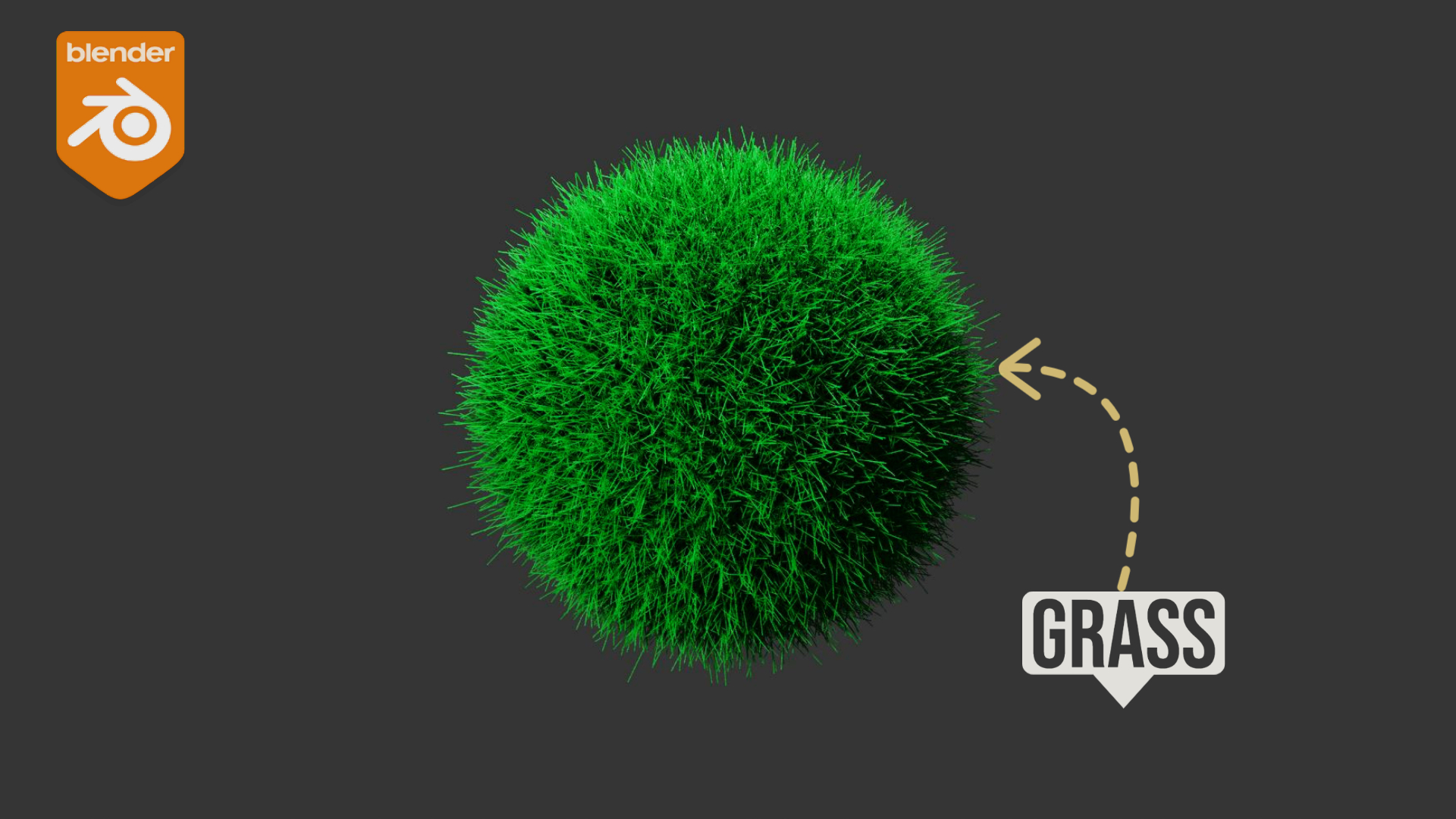Grass materials design in Blender refers to the process of creating realistic and visually appealing grass textures and materials for 3D scenes and animations using the Blender software. Blender is a popular open-source 3D modeling and animation tool that allows artists and designers to create a wide range of digital content, including scenes with lush grassy landscapes. Creating convincing grass materials in Blender is essential for achieving realism and enhancing the overall quality of your 3D projects.
Here are some key aspects of grass materials design in Blender:
- Texture Creation: Grass materials often begin with the creation of high-quality texture maps. These maps include color (diffuse), specular, normal (bump), and sometimes displacement maps. Texture painting or image manipulation tools within Blender are used to create these maps or they can be sourced from external image libraries.
- Procedural Techniques: Blender provides powerful procedural texture generation capabilities. You can use nodes and shaders to create grass textures procedurally, allowing for fine control over details such as color variations, blade orientation, and density.
- Transparency and Alpha Mapping: Grass materials usually involve the use of transparency and alpha mapping to simulate the fine, wispy nature of grass blades. This is achieved by using an alpha channel in the texture to control which parts of the grass texture are visible and which are transparent.
- Shading and Lighting: Achieving realistic lighting and shading effects is crucial for grass materials. Proper lighting setup, including the use of environment lighting, shadows, and global illumination, helps make the grass appear natural within the scene.
- Particle Systems: In Blender, you can create grassy fields by using particle systems. These systems distribute grass objects (often a simple blade mesh) across a surface, creating the appearance of a dense grass field. You can then assign your grass materials to these objects.
- Variation and Realism: Real grass is not uniform in color, length, or density. To make your grass materials more realistic, add variation in color, length, and direction to your grass blades. This can be achieved through texture masks and procedural techniques.
- Rendering: Blender offers different rendering engines like Cycles and Eevee, each with its own set of features and capabilities. The choice of rendering engine can affect how your grass materials appear in the final render.
- Optimization: Grass materials can be computationally intensive, especially when rendering large scenes with dense grass. Optimizing your grass materials by using LOD (Level of Detail) techniques or reducing unnecessary details can improve performance.
- Animation: For animated scenes, consider how your grass materials will interact with wind or other environmental factors. Animation can add a layer of realism to your grassy landscapes.
In summary, creating grass materials in Blender involves a combination of texture creation, shading, lighting, and distribution techniques to achieve realism and aesthetic appeal in 3D scenes. With the right tools and techniques, you can bring your virtual grassy landscapes to life in Blender.

